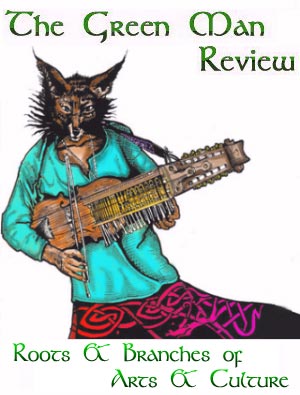
Ensemble Tumbash, Höömij - Volume II (Face Music, 2000)
Ensemble Tumbash, Urtyn duu - Volume III (Face Music, 2000)
 |
Ensemble Tumbash, Ayalguu - Volume I (Face Music, 2000) Ensemble Tumbash, Höömij - Volume II (Face Music, 2000) Ensemble Tumbash, Urtyn duu - Volume III (Face Music, 2000) |